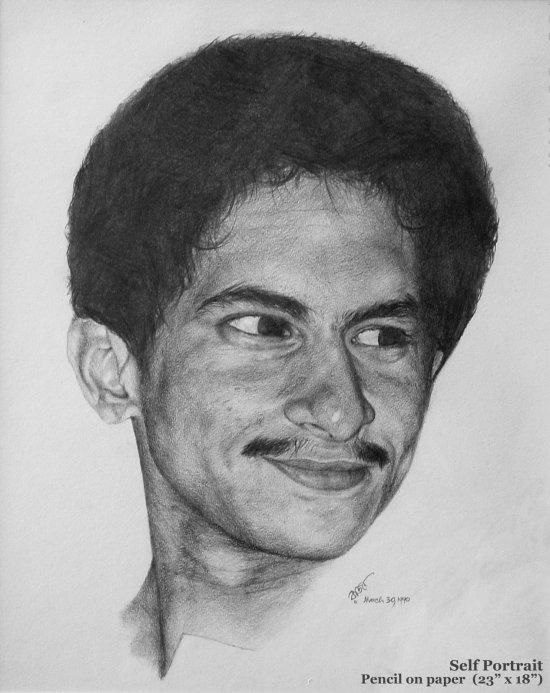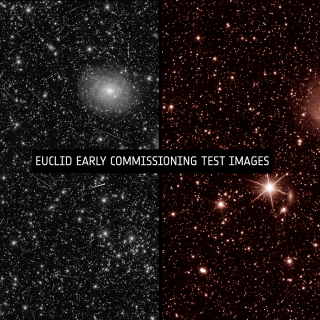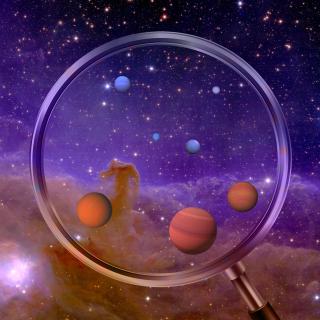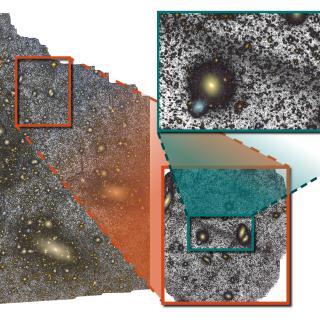Detail and realism in equal measures are what Puragra Guhathakurta likes to reflect in his in both his research projects and his artistic creations. An amateur portraitist, this professor of astronomy and astrophysics at the University of California has worked at Lick Observatory since 1985, the year in which he emigrated from his native India to the United States. He considers the Andromeda galaxy to be an ideal cosmological laboratory for studying what most interests him as an astrophysicist: galaxy interactions, stellar clusters and hierarchical formation processes.
- Following the studies carried out in the Milky Way that confirm the hierarchical formation scenario, do you think we can extrapolate the behaviour of Andromeda to other galaxies?
What we learn from the Milky Way and the Andromeda galaxies about the hierarchical formation scenario can certainly be extended to other large galaxies. The differences between the Milky Way and Andromeda galaxies provides just as much insight into galaxy formation as do their similarities.
- Why do you use the Andromeda galaxy as a cosmological laboratory? What makes Andromeda so special and what makes it similar to the Milky Way?
The combination of a global/external, yet detailed perspective makes the Andromeda galaxy an ideal target of study. In many ways, the Andromeda galaxy is an easier galaxy to study than our own Milky Way galaxy (because of our location within the Milky Way).
- Do you expect to find the same phenomena of star formation outside the Local Group?
In general, yes, but in detail no. It's becoming increasingly clear that the rate and character of star formation in galaxies is a function of the environment of the galaxy. The Local Group environment is representative of a group, but the star formation rates are likely to be different in richer galaxy cluster environments or in sparser field environments.
- You are an astrophysicist, but you also have a predilection for painting and realistic portraits. Do you think that the creator of a scientific idea puts as much of his personality into his work as any artist? Do you think that the concept of beauty is not exclusive to the arts, but may also be present in astrophysics research?
Yes, there are close parallels between art and science. Both involve creative processes. My style of portraits (detailed, realistic) mirror the way I approach my scientific projects: with an eye for detail and with an emphasis on technique.
More information:



